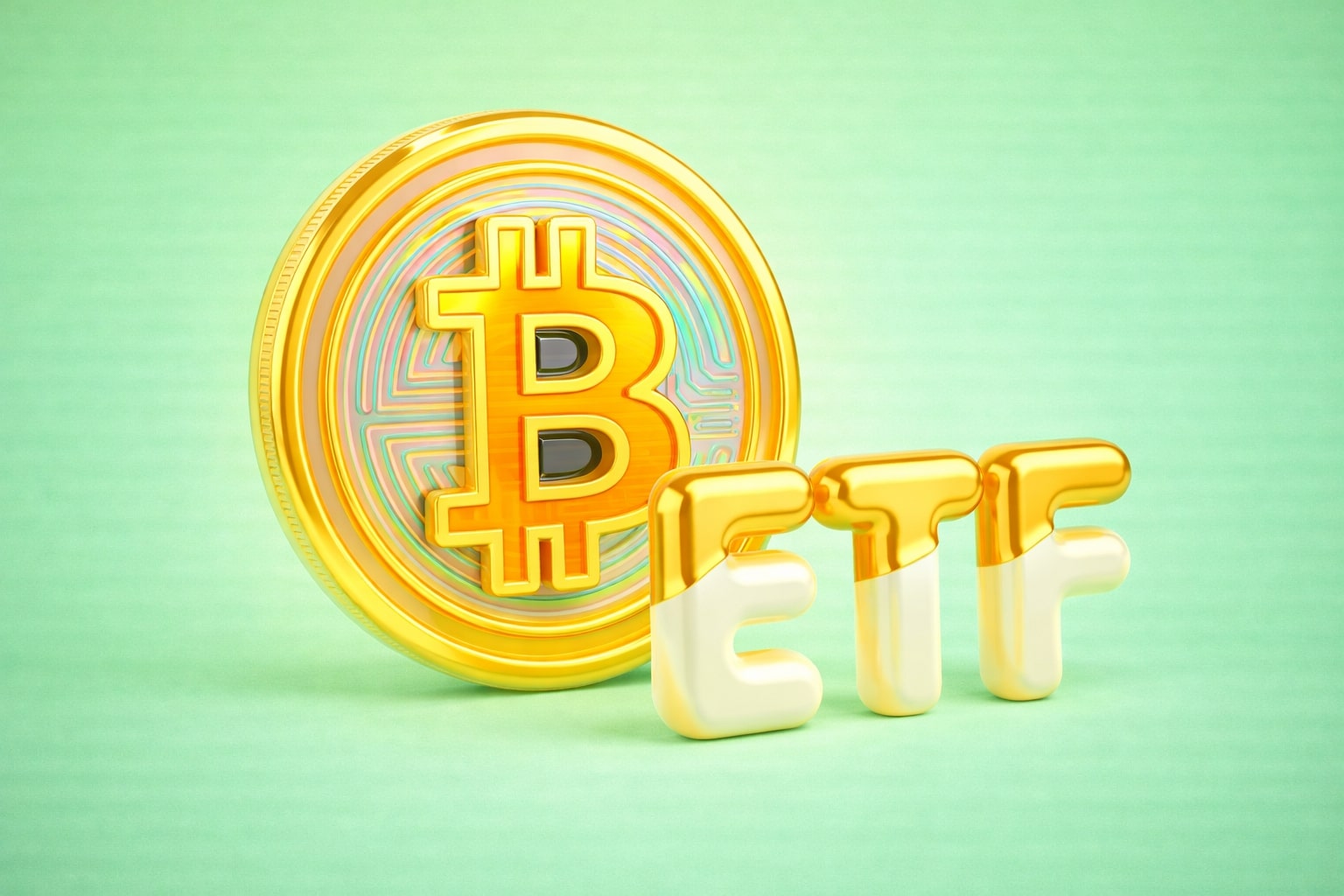
Federal Reserve's Interest Rate Terrain and its Impact on Gold
Unraveling Jerome Powell's hints, the market's predictions, and the subtle dance between gold prices and the US dollar in light of potential interest rate changes | That's TradingNEWS
Federal Reserve's Interest Rate Outlook: A Deep Dive
Federal Reserve's Perspective on Interest Rates
In recent times, the financial community has been meticulously observing the potential moves of the Federal Reserve regarding interest rates. Notably, the tone surrounding potential hikes in interest rates is becoming more conservative. Jerome Powell, the Chair of the Federal Reserve, during his speech at Jackson Hole, underscored specific conditions that might necessitate future rate increases, suggesting that they may not be as inevitable as once believed.
Market's Prediction
Currently, interest rate futures are hinting at a slight possibility of an interest rate cut at the beginning of 2024. By summer, such a cut seems more probable. Insights from June indicate that the Fed believes interest rates will dip slightly throughout 2024, but they are expected to linger above 4%. Neither the Fed nor market projections anticipate short-term rates to go significantly below 4% in 2024.
Key Economic Indicators
Central to the Fed's actions are its primary objectives: full employment and price stability. Before considering any rate cuts, the Fed is keenly watching for signs of disinflation and potential cool-downs in the job market. Current data highlights that inflation is yet to return to the Fed's 2% target, with July's Consumer Price Index showing a 3.2% annual rate. Core inflation, which excludes food and energy costs, is on a higher trajectory, with service inflation even more elevated. However, strides have been made since last summer's inflation peak.
The job market also remains under the lens. After a period of strong performance, recent reports indicate a slowdown in job creation coupled with rising unemployment. It is crucial to determine how much of this shift can be attributed to unique events, such as significant corporate bankruptcies or industry-specific strikes.
Recession Considerations
The real challenge for the Federal Reserve will be navigating interest rates if the U.S. falls into a recession. While the economy has so far steered clear of this, certain indicators like the yield curve are pointing towards a possible recession in 2024. The Fed's primary focus has been on price stability. Yet, in a recessionary environment, this stance might become challenging to uphold.
US Economic Health
While inflation remains higher than desired, the US labor market is showing resilience. An employment report from August showcased a 3.8% unemployment rate. This data highlights that the Federal Reserve's strategies are creating equilibrium in the labor market despite the uptick in unemployment rates.
Insights from Market Experts
Vikas Lakhwani, Chief Revenue Officer at CPT Markets, shared valuable insights on the global markets and the Fed's anticipated strategies. He stated that the Federal Reserve's aggressive policies have directed inflation onto a satisfactory trajectory. Lakhwani emphasized that the primary focus should be on directing inflation correctly while simultaneously ensuring the broader economy doesn't tip into a recession.
Discussing potential market reactions to a 6% federal funds rate, Lakhwani warned of a shift towards treasuries and bonds, considering the higher yields and reduced risk. Such a move could put pressure on stocks and emerging markets, triggering an increased aversion to risk.
Regarding recession probabilities, Lakhwani expressed confidence in the U.S. economy's resilience and anticipates that the Federal Reserve is nearing its interest rate hike cycle's end. He also holds an optimistic view on the S&P 500 and Nasdaq 100 due to the robust U.S. economy and the promising growth trajectory in the tech sector, especially with advancements in artificial intelligence.
Federal Reserve Officials Weigh In
Senior figures at the Federal Reserve have hinted that interest rates might remain unchanged in the upcoming September meeting. Lorie Logan, Dallas Fed's president, has not fully endorsed the idea that inflationary concerns have been addressed. She praised the decision to pause rate hikes in June, suggesting another skip in the near future might be fitting.
John Williams, New York Fed's president, believes the current monetary policy is positioned well, emphasizing the importance of monitoring incoming data for any changes.
Gold and the US Dollar Dynamics
Gold prices have shown some recovery, primarily driven by the Federal Reserve policymakers' indications against further rate hikes in the September meeting. Despite this, the U.S. Dollar remains robust, buoyed by global economic concerns.
Technical Analysis
Gold's Price Movements and Trends Gold has shown resilience in the wake of market uncertainties, and its current stability around the $1,920.00 mark further reinforces its position. Historically, gold has been viewed as a hedge against inflation and a safe-haven asset in tumultuous times, and recent price movements seem to be echoing this sentiment.
The 20-day Exponential Moving Average (EMA) is a crucial short-term indicator that many traders use to forecast near-term price directions. With gold prices hovering just below this average, it indicates a potential upside breakout if the metal manages to surpass this threshold. In the context of gold’s current position relative to the 20-day EMA at $1,925, this could set a bullish precedent for the upcoming sessions.
Support from the 200-day EMA
Another pertinent metric in this technical analysis is the 200-day Exponential Moving Average (EMA). The 200-EMA acts as a more prolonged metric, giving investors insights into the long-term trend of an asset. For gold, the 200-EMA is providing considerable support, which is an encouraging sign for long-term holders. This support indicates that even amidst short-term fluctuations, the longer-term outlook for gold remains optimistic.
Key Price Levels to Watch
For those keenly watching gold’s price movement, several pivotal levels are worth noting:
-
Immediate Resistance: The first significant barrier lies at the 20-day EMA of $1,925. A clear break above this level could pave the way for further upward movement.
-
Major Support: The 200-EMA is currently playing this role. If gold's price were to face a downturn, this EMA would be the level to monitor closely for potential rebounds or further declines.
-
Sideways Trend Indication: The current momentum, which is suggesting a sideways trend, points to gold oscillating between these two EMAs in the short term. However, significant macroeconomic events or shifts in market sentiment can trigger a breakout in either direction.
Underlying Market Dynamics
While technical indicators play a vital role in gauging price movements, underlying market dynamics cannot be overlooked. Various global economic factors, including inflation rates, geopolitical tensions, and shifts in central bank policies, play a direct role in influencing gold prices. Given the current macroeconomic environment, investors are showing increased interest in assets like gold that offer a semblance of stability.
Conclusion
Although gold prices are demonstrating a sideways trend in the short term, the overarching sentiment appears to be one of cautious optimism, backed by both the 20-day and 200-day EMAs. The resilience of gold prices, coupled with the broader market dynamics, signifies the precious metal's enduring allure as both a hedge and a long-term investment. Investors and traders would do well to keep an eye on these pivotal technical levels while also staying attuned to global economic events that might influence gold's trajectory.
That's TradingNEWS
Read More
-
QDVO ETF: 11% Yield And AI Heavyweights Keep This Fund Near Its $30.40 Peak
26.12.2025 · TradingNEWS ArchiveStocks
-
XRPI at $10.66 and XRPR at $15.13 as XRP ETFs Build $1B+ Exposure Around $1.84 XRP-USD
26.12.2025 · TradingNEWS ArchiveCrypto
-
Natural Gas Price Forecast: NG=F Near $4.34 Tests How Strong The $4.00 Winter Floor Really Is
26.12.2025 · TradingNEWS ArchiveCommodities
-
USD/JPY Price Forecast: 156 Range Trapped Below 158 as BoJ 0.75% Hike Clashes with Fed Cuts
26.12.2025 · TradingNEWS ArchiveForex


















